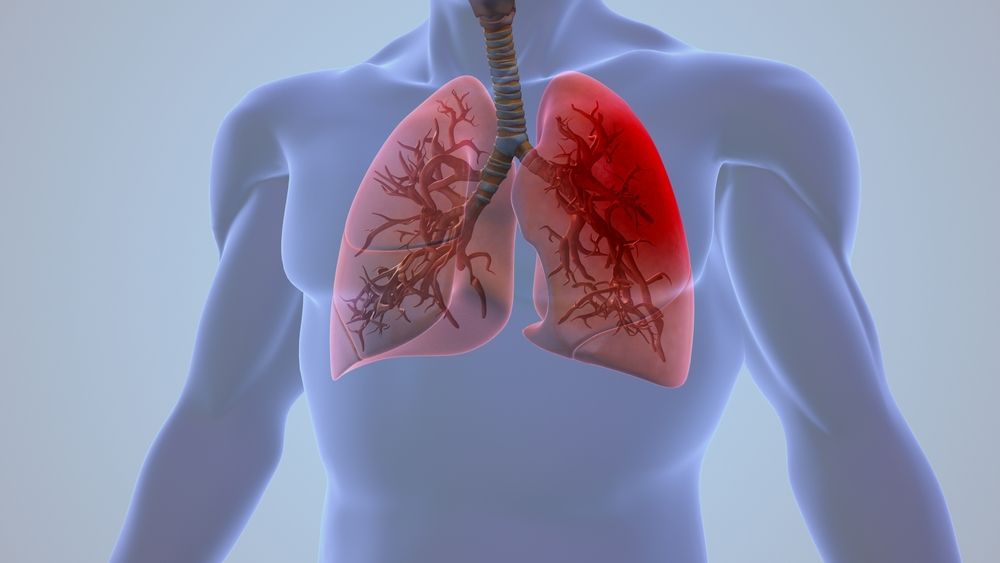Researchers of a single-center, retrospective pre/post project at the University of Pennsylvania tested whether early oncology nurse navigator (ONN) involvement plus concurrent liquid biopsy at tissue biopsy shortens time to treatment for stage III/IV lung cancer. The pathway embedded same-day ONN referral, social determinants of health (SDOH) assessment, biomarker education, and liquid-biopsy ordering/logistics. Among 49 patients (29 pre; 20 post), liquid-biopsy use rose, with a median turnaround of 7 days vs 28 days for tissue next-generation sequencing. Liquid biopsy was associated with faster treatment selection and initiation. ONN involvement similarly reduced time to selection and increased first-visit selection. The share of liquid biopsies performed prior to/same day as tissue increased from 33% to 75%, enabling results to inform earlier oncology visits.
Limitations include a single-site, small nonrandomized sample, exclusion of uninsured patients, and confounding from scheduling. Still, ONNs effectively coordinate diagnostics and address SDOH barriers, while liquid biopsy provides a rapid, complementary route to actionable results (with tissue remaining the gold standard). The researchers suggest early ONN navigation and to perform liquid biopsy concurrently with tissue biopsy to streamline workflows and reduce delays to treatment. This standardized pathway appears feasible to replicate with interprofessional coordination and may improve patient experience.
Reference: Polo J, Coughlin R, Lynch MP. Time to Treatment in Advanced Lung Cancer: A Quality Improvement Project Using Nurse Navigation and Liquid Biopsy. Clin J Oncol Nurs. 2025;29(1):E28-E36. doi: 10.1188/25.CJON.E28-E36.









